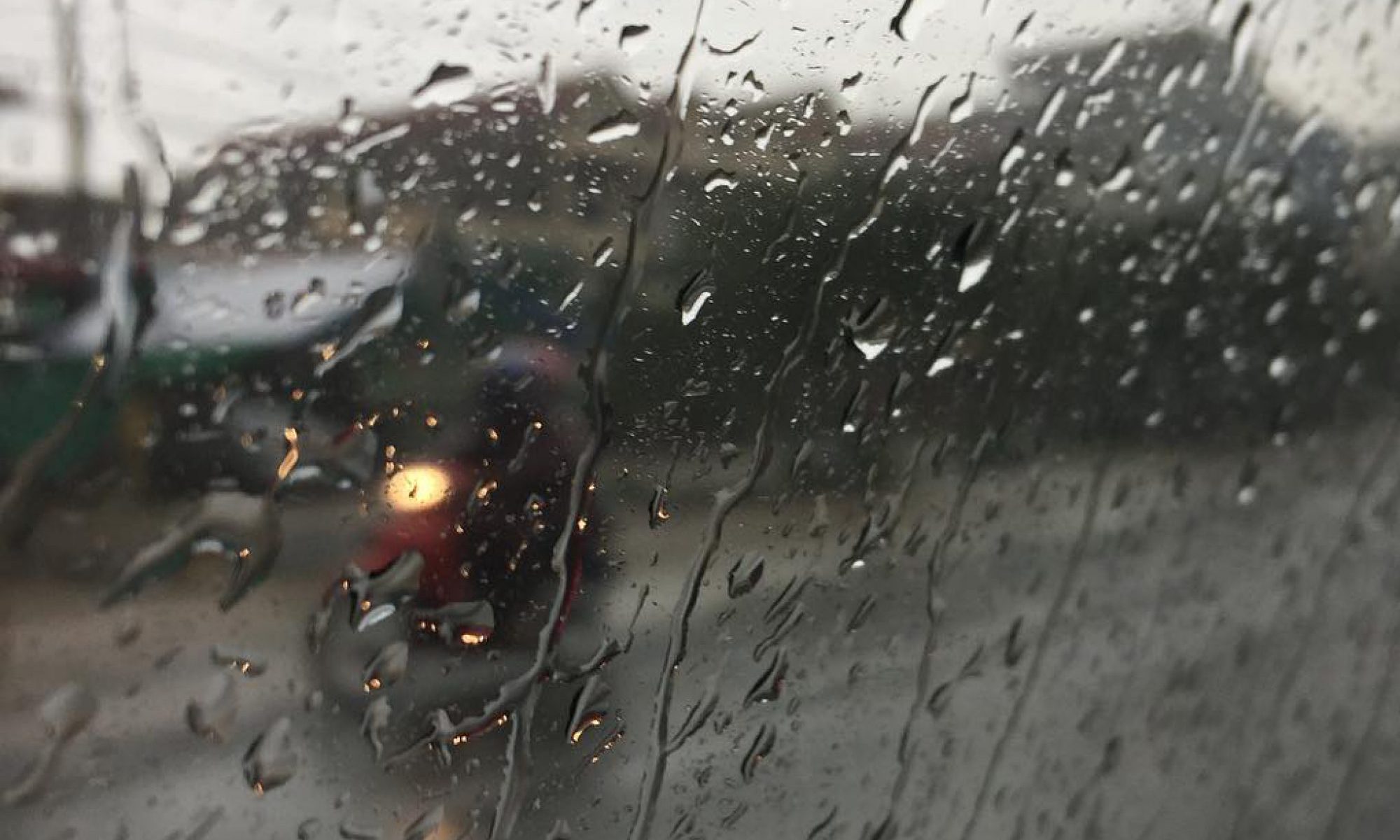Name of Course: Botany 1
Learning Facilitator: Jojo
Number of Students: 12
Advanced Enrichment Dates: August 12-Oct 17
Days We Meet: Monday and Tuesday
Course Description: In Botany class we learned about the plants. Every day when we studied in the class we had the time to experiment the plants. First we took the seed toput it in the containers and we put the water for the seed. So that means everyday we needed to come and check the seed that we have grown and we need to take notes about our seed that we grew so we can know how much that the seed has grownin each day. Then we learned about photosynthesis. It means the plants get the sunlight from the sun to make photosynthesis and the plant makes photosynthesis by the leaf. The plants will make their own food. In each day we had the competition with each other about our plants that we have grown and which plants that grow the tallest is the winner. After that we have learned about how he plant get germinate. Germinate mean the plants is start to grow. How the plants germinate is first it start from the seed then the seed get bigger and then it broke their skin then the seed it broke in a half then the roots come out when their roots grow bigger their stem start to grow too then it have the leaves so we need to put the soil for the plants grow and that is how the plants germinate.
